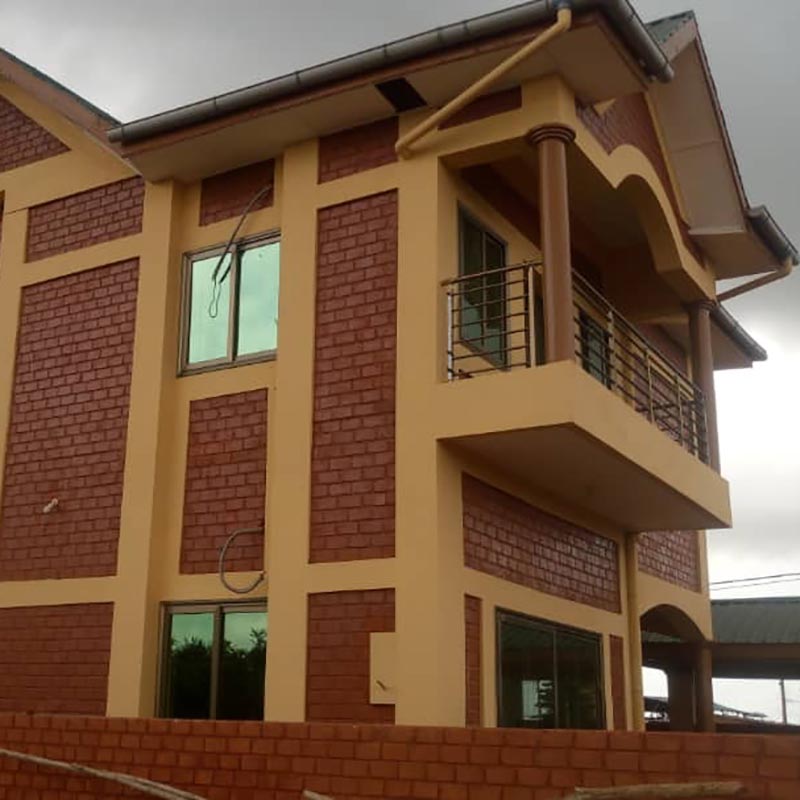
Introduction
Chinese brick making machines have significantly evolved over the years, not only in terms of efficiency and productivity but also in addressing concerns related to noise and vibration. Noise and vibration control play a crucial role in ensuring a safe and comfortable working environment for operators, improving productivity, and complying with regulatory standards. This article explores the importance of noise and vibration control in Chinese brick making machines, discussing the challenges, strategies, and technological advancements in mitigating these issues.
Understanding Noise and Vibration in Brick Making Machines
Noise:
Noise refers to unwanted sound that can be disruptive, harmful, or unpleasant. In brick making machines, noise is generated by various components such as motors, conveyors, hoppers, and the brick molding process itself.
Vibration:
Vibration is the oscillation or movement of machine parts that can transmit energy and cause discomfort or damage. In brick making machines, vibration is primarily generated by motors, gears, rotating elements, and the interaction between materials and the machine structure.
Challenges Posed by Noise and Vibration
Operator Health and Safety:
Exposure to excessive noise and vibration can lead to long-term health issues, including hearing loss, musculoskeletal disorders, and fatigue. It is essential to mitigate these risks to ensure the well-being of operators.
Productivity and Efficiency:
High levels of noise and vibration can affect operator concentration, leading to reduced productivity and potential errors. Controlling noise and vibration levels improves focus and enhances the overall efficiency of brick manufacturing processes.
Environmental Impact:
Noise and vibration generated by brick making machines can have a negative impact on the surrounding environment and neighboring communities. Compliance with noise regulations helps maintain good community relations and reduces environmental disturbances.
Strategies for Noise and Vibration Control
Design Optimization:
The design of Chinese brick making machines can be optimized to reduce noise and vibration levels. This includes selecting appropriate materials, designing robust machine structures, and implementing effective vibration damping techniques.
Isolation and Absorption:
Isolation techniques, such as mounting machines on vibration isolation pads or using flexible couplings, help reduce the transmission of vibrations from the machine to its surroundings. Similarly, incorporating sound-absorbing materials or enclosures around noisy components can minimize noise propagation.
Maintenance and Lubrication:
Regular maintenance and proper lubrication of machine components can significantly reduce noise and vibration. Ensuring smooth and well-maintained operations minimizes unnecessary noise and reduces friction-induced vibrations.
Noise Control Measures:
Implementing noise control measures such as acoustic enclosures, barriers, and sound insulation materials can effectively reduce noise levels. These measures are particularly beneficial in areas where noise cannot be eliminated at the source.
Monitoring and Compliance:
Regular monitoring of noise and vibration levels is essential to ensure compliance with regulatory standards. This includes periodic assessments, measurements, and audits to identify areas for improvement and ensure ongoing compliance.
Technological Advancements in Noise and Vibration Control
Vibration Damping Systems:
Chinese brick making machines can be equipped with advanced vibration damping systems that absorb or dissipate vibrations, reducing their impact on the machine structure and surrounding environment. This enhances operator comfort and reduces the transmission of vibrations to other parts of the manufacturing facility.
Noise Reduction Technologies:
Innovations such as noise-canceling systems, active noise control, and advanced insulation materials are being integrated into Chinese brick making machines to actively reduce noise levels. These technologies utilize digital signal processing and algorithms to counteract noise and create quieter working environments.
Simulation and Modeling:
Computer-aided engineering (CAE) tools enable manufacturers to simulate and analyze noise and vibration behavior during the design phase. By identifying potential noise and vibration hotspots, manufacturers can implement targeted modifications to reduce their impact.
Research and Development:
Ongoing research and development efforts in the field of noise and vibration control are driving innovation in Chinese brick making machines. This includes the development of quieter and more efficient components, materials, and manufacturing processes.
Conclusion
Noise and vibration control in Chinese brick making machines are critical factors in ensuring operator safety, improving productivity, and meeting regulatory requirements. Manufacturers are actively addressing these challenges through design optimization, isolation techniques, maintenance practices, and the integration of advanced technologies. By focusing on noise and vibration reduction, the brick manufacturing industry can provide operators with a safer and more comfortable working environment while also minimizing environmental impact. Continued advancements in noise and vibration control will contribute to the overall efficiency and sustainability of Chinese brick making machines, fostering a more productive and harmonious brick manufacturing industry.
